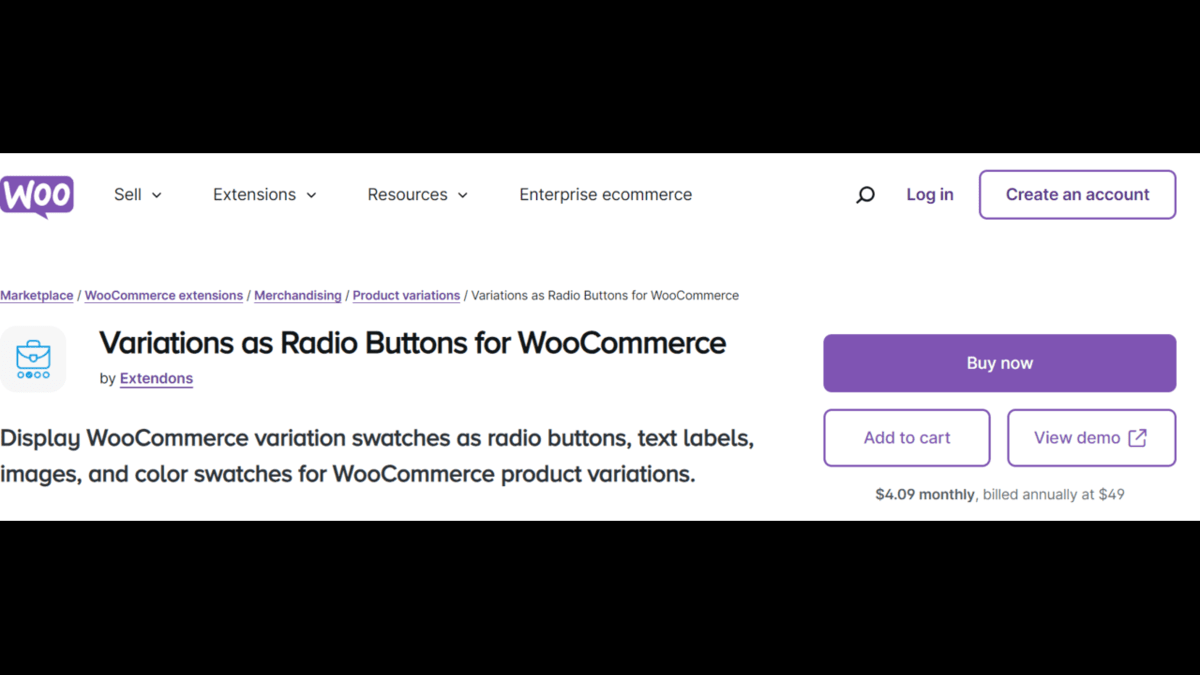In today’s fast-paced digital landscape, the way we consume stories is evolving. Traditional formats are being transformed by immersive web experiences that captivate audiences and invite them to engage more deeply than ever before. As technology advances, these innovative storytelling methods are reshaping the way brands communicate, allowing for richer narratives and unforgettable interactions.
What Are Immersive Web Experiences?
Immersive web experiences combine various digital elements—such as video, audio, 3D graphics, and interactive content—to create a sense of presence for the user. Unlike passive viewing, these experiences encourage participation, allowing users to influence the story’s direction and outcome. This level of engagement not only enhances user satisfaction but also fosters a stronger connection between the audience and the content.
The Power of Immersive Storytelling
The rise of immersive web experiences is not just a trend; it’s a reflection of our desire for connection and meaningful interaction. With the decline of attention spans and the overwhelming amount of content available, traditional storytelling methods often fall short in capturing and retaining audience interest. Here are some compelling reasons why immersive storytelling is gaining traction:
1. Enhanced Engagement
Immersive experiences tap into the emotional core of storytelling. By allowing users to explore narratives through interactive elements, brands can create a more engaging experience. Users are not just spectators; they become part of the story, leading to greater emotional investment and retention of information.
2. Personalization
Today’s consumers crave personalized experiences. Immersive web experiences enable brands to tailor content to individual preferences, enhancing the relevance of the story. This can lead to increased conversion rates, as users feel that the content speaks directly to their interests and needs.
3. Multi-Sensory Appeal
Immersive storytelling engages multiple senses, creating a richer narrative experience. For instance, combining visuals with sound, haptic feedback, and even olfactory elements can transport users into a different world. This multi-sensory approach enhances memory retention and fosters a deeper connection with the content.
4. Versatility Across Platforms
The beauty of immersive web experiences lies in their adaptability. Whether on a desktop, tablet, or mobile device, these experiences can be optimized for various platforms, ensuring that users can access compelling narratives anytime, anywhere. This flexibility allows brands to reach wider audiences and cater to different user preferences.
Examples of Immersive Web Experiences
Several brands have successfully leveraged immersive web experiences to tell their stories:
- The New York Times has experimented with interactive articles that combine stunning visuals and compelling narratives, encouraging readers to explore stories in-depth.
- Google Arts & Culture offers virtual tours of famous museums, allowing users to experience art and culture from around the globe without leaving their homes.
- Nike uses augmented reality (AR) to enhance their product stories, enabling customers to see how products fit into their lives in a more engaging way.
These examples highlight the potential of immersive storytelling to create memorable experiences that resonate with audiences.
The Future of Immersive Web Experiences
As technology continues to advance, the possibilities for immersive web experiences will expand. Innovations in virtual reality (VR), augmented reality (AR), and artificial intelligence (AI) will pave the way for even more interactive and engaging storytelling methods. Brands that embrace these technologies will not only enhance their narratives but also establish stronger connections with their audiences.
Conclusion
The rise of immersive web experiences is transforming digital storytelling, creating opportunities for brands to engage their audiences in meaningful ways. By prioritizing interactivity, personalization, and multi-sensory appeal, brands can capture attention and foster lasting connections. As we move forward, the extraordinary potential of immersive storytelling will undoubtedly reshape the digital landscape, inviting us all to experience stories like never before.
By embracing this trend, brands can not only stand out in a crowded market but also create impactful experiences that resonate with users on a deeper level. The future of storytelling is here, and it’s more immersive than ever.
Related Posts

Why Transformer Manufacturers in Chennai are Known for Quality and Reliability
Chennai, often referred to as the industrial hub of South…

CaseFit: Unmatched Style and Protection for Your Smartphone
In today’s fast-paced world, our smartphones are more than just…

Create a Cohesive Brand Look with WooCommerce Swatches
Ever wondered how to make your online store as visually…

